Are you looking to eliminate uneven temperatures and improve the overall efficiency of your building’s climate control? Air mixing to prevent stratification is a critical, yet often overlooked, component of a healthy HVAC system. At Blender Products, Inc., we know that the correct installation of our channel blender technology is the key to maximizing performance, ensuring uniform air distribution, and tackling frustrating issues like drafts and hot spots caused by temperature stratification in buildings. Here are five best practices to follow when installing our air blenders. Contact us today!
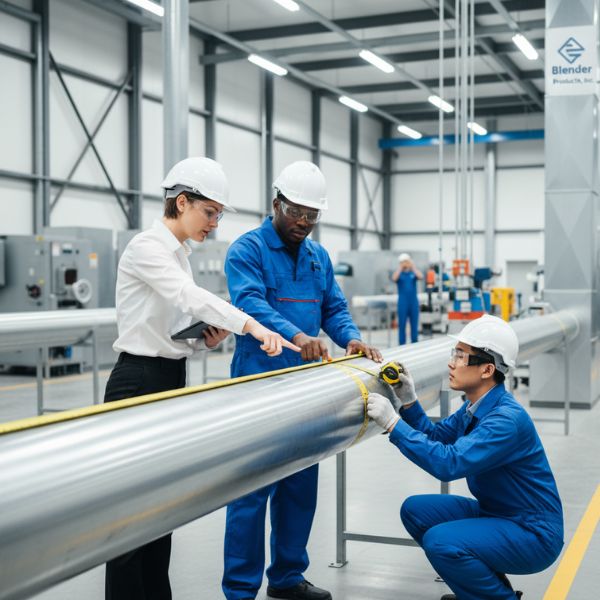
Ensure Adequate Duct Run Length
One of the most common installation pitfalls is placing the blender too close to the fan or elbow. For optimal air mixing to prevent stratification, you need to ensure there is sufficient straight duct run both before and after the channel blender. The air stream must be relatively uniform when it hits the blades, and the turbulence created by the blender needs space to resolve into a homogenous, mixed flow.
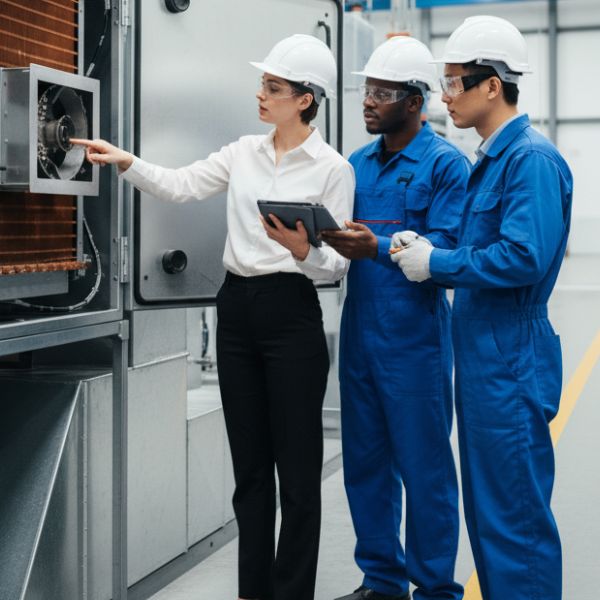
Verify Correct Blender Orientation
The physical orientation of the channel blender within the duct is crucial. Our blenders are designed to disrupt airflow in a specific, intentional pattern. Depending on the size and shape of your ductwork, the blender must be aligned correctly to achieve maximum mixing efficiency. Incorrect orientation can result in the air simply bypassing the blades or creating an imbalance that shifts the stratification issue rather than resolving it.
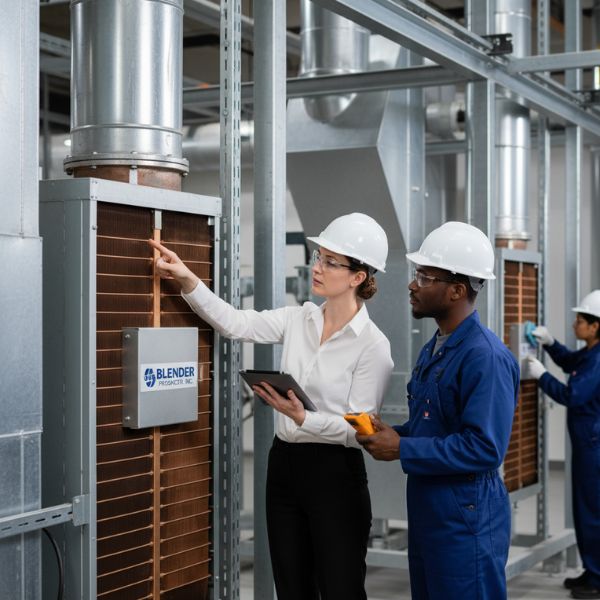
Install After Heating/Cooling Coils
The primary goal of installing our technology is to address HVAC stratification immediately after the thermal exchange occurs. Therefore, the optimal placement for the channel blender is immediately downstream from your heating and cooling coils. This positioning ensures that any temperature layers (stratification) created by the coil—where air near the coil surface is much hotter or colder than air passing through the middle—are broken up and uniformly mixed before the air reaches the discharge point or subsequent air handlers.
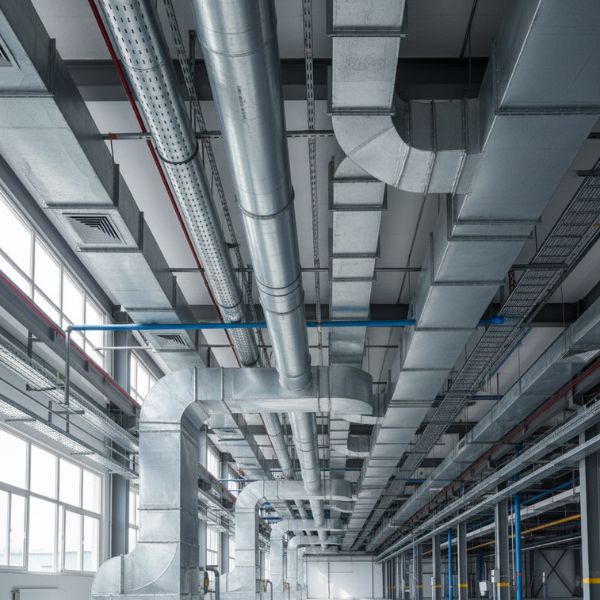
Seal Ductwork Thoroughly
Even the most accurately placed blender can’t fix stratification if the ductwork is leaky. Before, during, and after installing the channel blender, ensure all adjacent duct seams, joints, and access panels are sealed according to industry best practices. Leaks allow conditioned air to escape and unconditioned air to enter, creating new pockets of temperature variance that undermine the blender’s efforts to achieve total air uniformity.
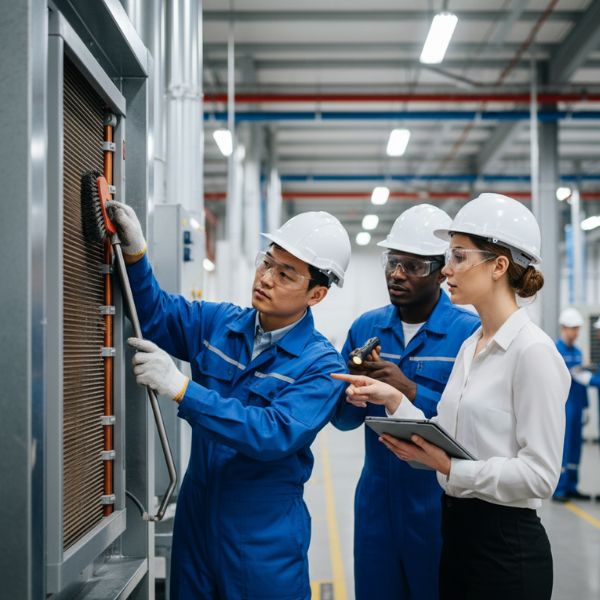
Inspect and Clean Nearby Components
Before finalizing the installation, inspect all upstream components, particularly the heating and cooling coils. Dirty coils, bent fins, or malfunctioning dampers can all contribute to severe HVAC stratification that even the best blender will struggle to fully correct. By cleaning or repairing these upstream components, you reduce the severity of the stratification before the air even reaches the blender.
CONTACT US TODAY
By adhering to these five best practices, you can ensure your channel blender provides reliable, consistent air mixing, leading to reduced energy waste, improved occupant comfort, and a truly optimized HVAC system. Get in touch with Blender Products, Inc. today.
